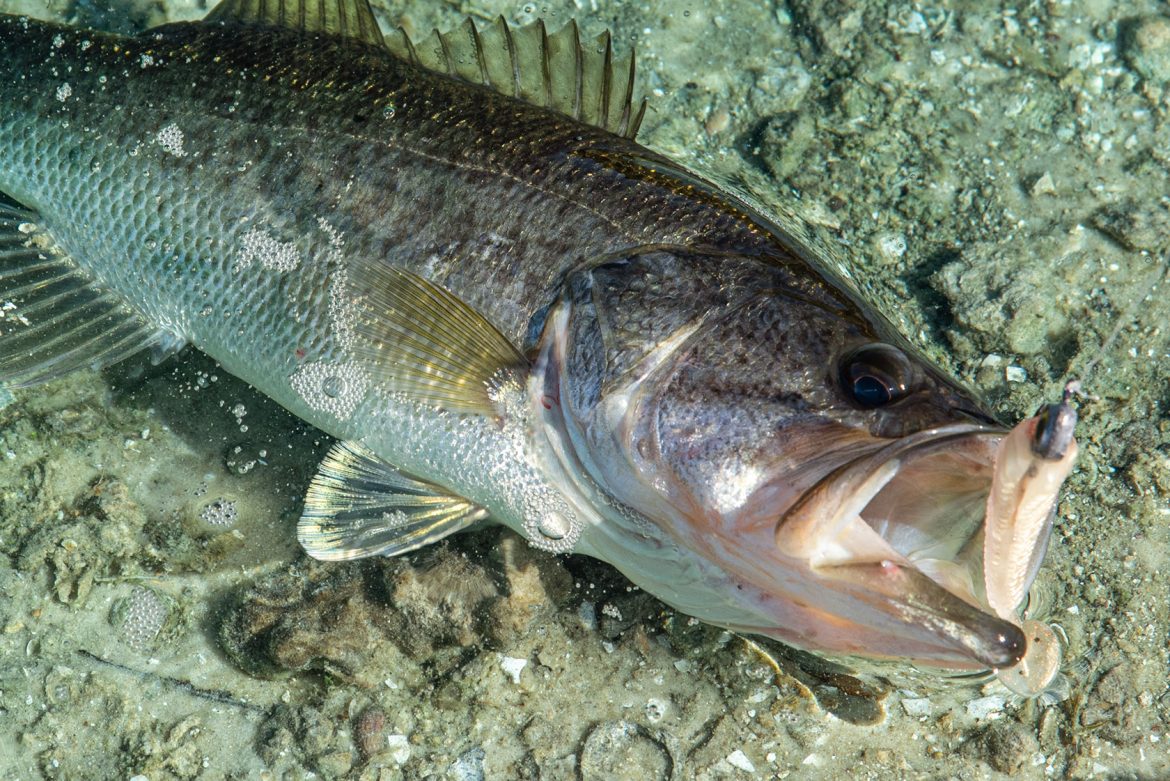Discover the telltale signs to identify a female largemouth bass and unravel fascinating facts about these elusive creatures. Expert tips and more! Let’s dive right in …
How Do You Identify A Female Bass?
Unveiling the distinctions between male and female largemouth bass demands astute observation and attention to subtle details. By comprehending the unique traits that differentiate females from males, you can embark on an enthralling quest to identify these remarkable fish. From physical attributes to behavioral cues, let’s delve into the captivating realm of distinguishing female largemouth bass.
Quick Answer
To identify a female largemouth bass, observe a less pronounced jawline, coloration patterns on the flanks, a larger adult size compared to males, a vent closer to the anal fin, and fins that are typically shorter and less pointed.
6 Determining Factors
- Subtle Jawline: Female largemouth bass typically possess a less pronounced jawline, distinguishing them from their male counterparts.
- Coloration Patterns: The coloration patterns on the flanks provide important clues. Females often display lighter and more subtle hues, contributing to their unique appearance.
- Size Differences: Size plays a role in identifying female largemouth bass. Generally, adult females are larger in comparison to males, showcasing their distinct size range.
- Vent Position: For a more definitive determination, consider the vent position. In females, the vent is closer to the anal fin, contrasting with the vent location in males.
- Belly Region: An additional indicator lies in the belly region. Female bass tend to have a more rounded belly, which can be observed during the spawning season.
- Fin Characteristics: Pay attention to the fins as they offer valuable insights. Female largemouth bass typically possess shorter and less pointed fins, contributing to their characteristic look.
By closely examining these factors, you can enhance your ability to identify female largemouth bass and gain a deeper understanding of their unique attributes.
Did You Know? 3 fun Facts about Female Bass
- Female largemouth bass can grow larger than males, reaching lengths of up to 24 inches or more.
- Unlike some fish species, female largemouth bass do not provide care for their eggs or protect the nest.
- Female largemouth bass have similar lifespans to males, typically living around 10 to 12, in some cases even up to 15+ years.
Summary
In the realm of largemouth bass angling, the ability to differentiate between male and female individuals enriches your fishing experience. By recognizing the distinctive traits and behaviors that define each gender, you can deepen your understanding of these captivating creatures.
From the subtle jawline and coloration patterns to the relative size and vent position, unraveling the secrets of female largemouth bass identification opens up new dimensions in your angling pursuits. Want to learn more about identifying male largemouth bass? Click the link to explore our other article on the subject and expand your knowledge even further. So, dive in, explore the intricacies, and immerse yourself in the fascinating world of these magnificent fish!
Have fun, tight lines and enjoy the great outdoors!
Amazing Links
- Ready to discover the surprising world of largemouth bass? Check out our article on “50 fun and shocking facts about largemouth bass” and get hooked! Link: 50 Fun Facts About Bass
- Want to make sure the bass you catch survive and thrive? Learn the right way to catch and release them with our informative guide. Link: How To Catch And Release Bass
- Are you curious about what largemouth bass eat? Our article “What do Bass eat?” has all the answers and might just surprise you. Link: What Do Largemouth Bass Eat
Catch us on Instagram
Get stunning photos, expert tips, and engaging stories that will take your fishing game to the next level. Don’t miss out and follow us on Instagram today!


Comments are closed.